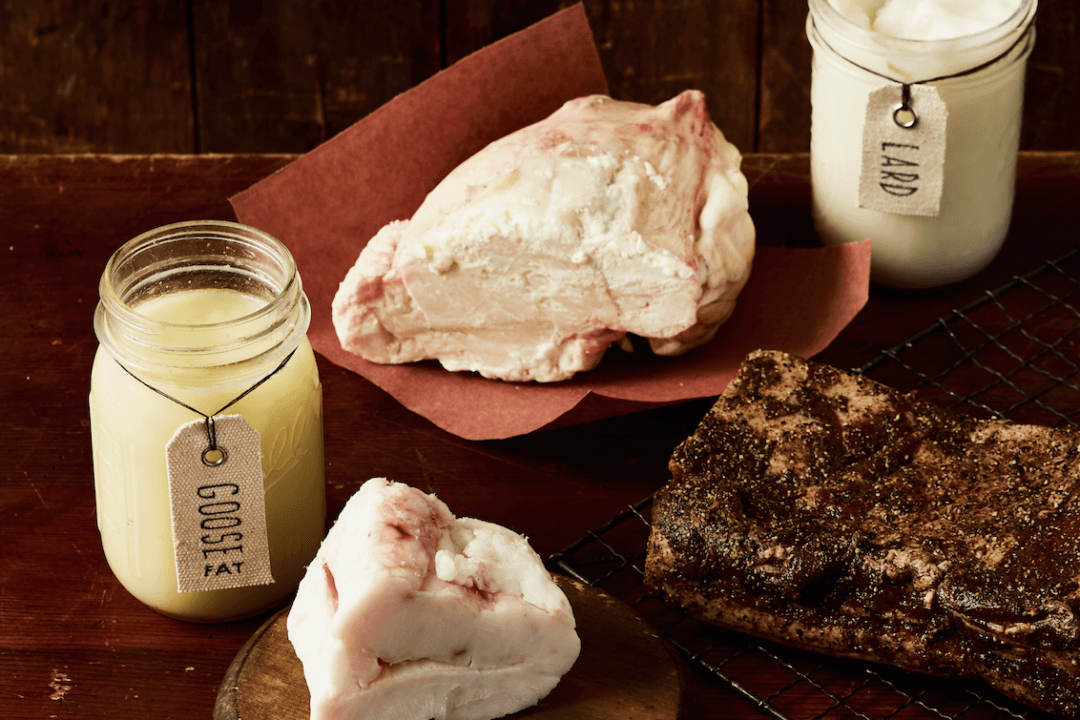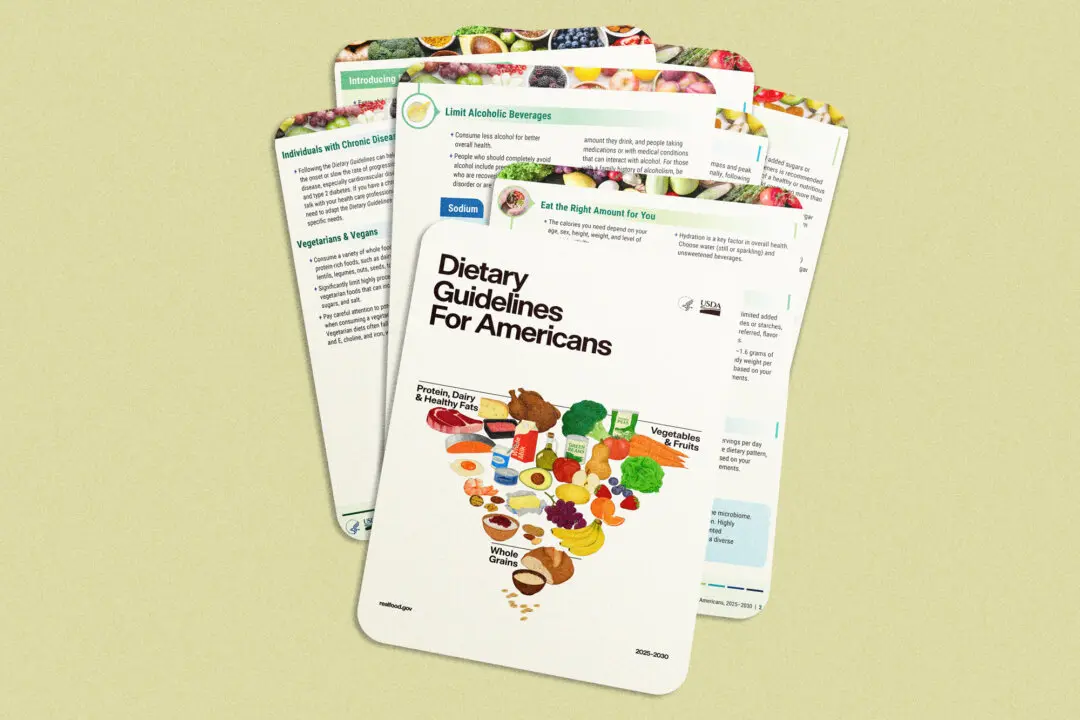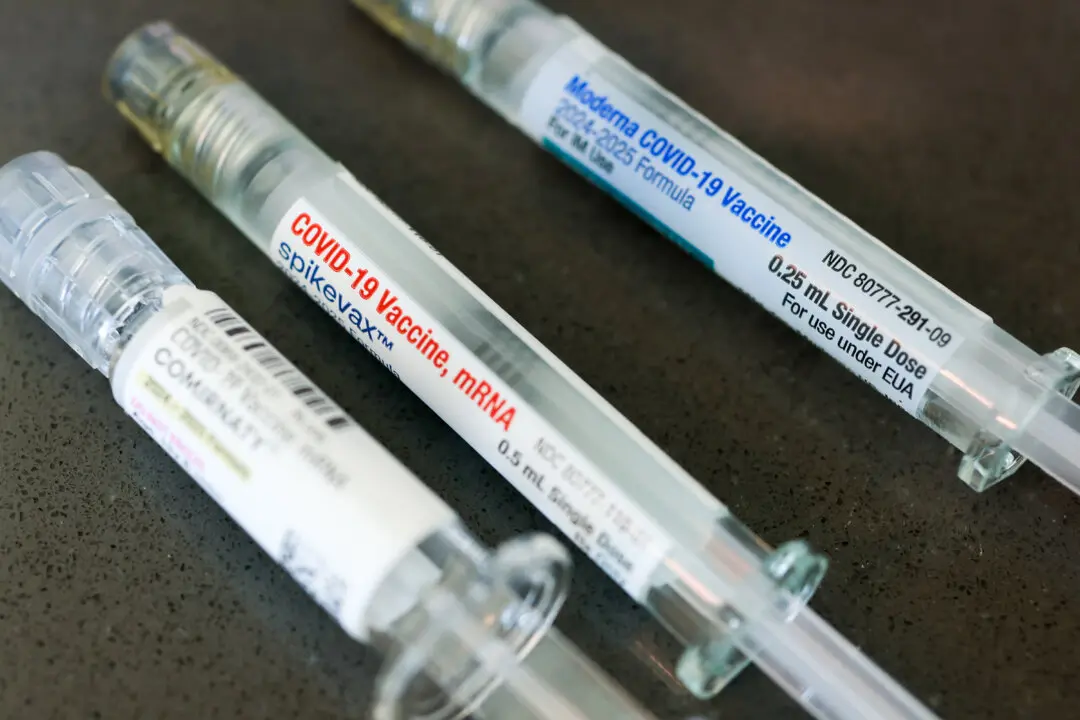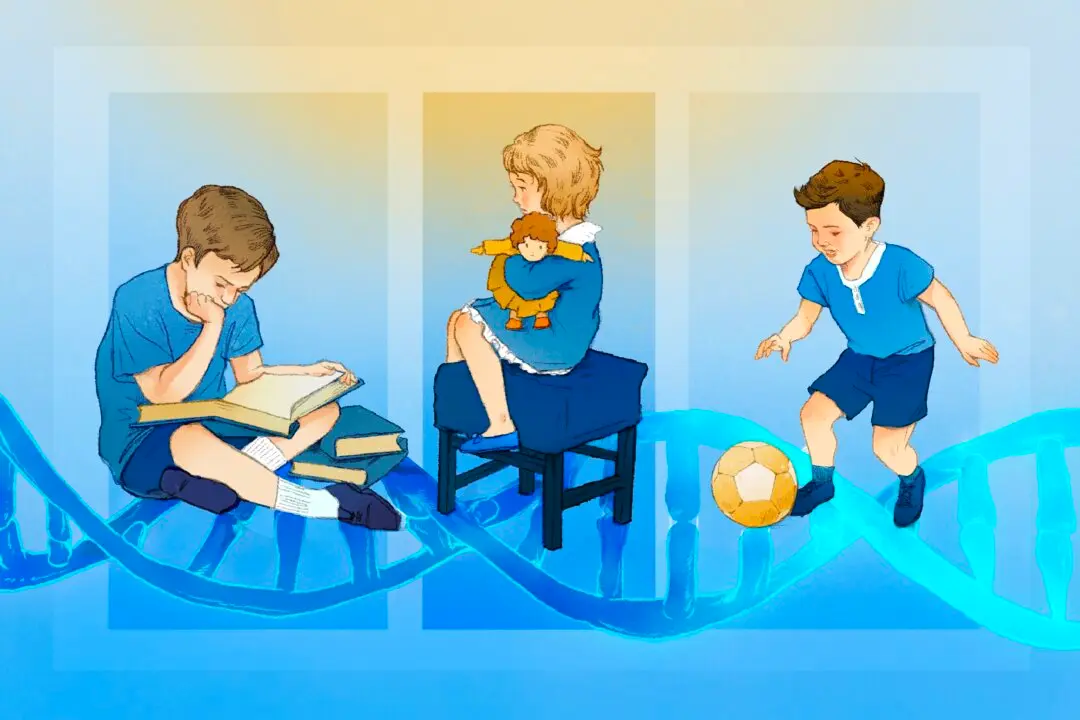Nutrition is a field of contradictions and changing fads. In recent decades, most schools and teachers encourage a diet high in grains and vegetables, moderate protein, and low fats and oils. Over the years, paleo, keto, vegan, and various diets that contradict each other have come and gone.
However, amidst it all, is an important food source that has been severely underrated, and even outright disapproved of.






